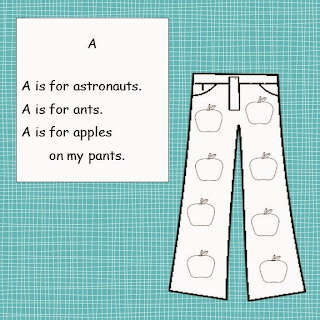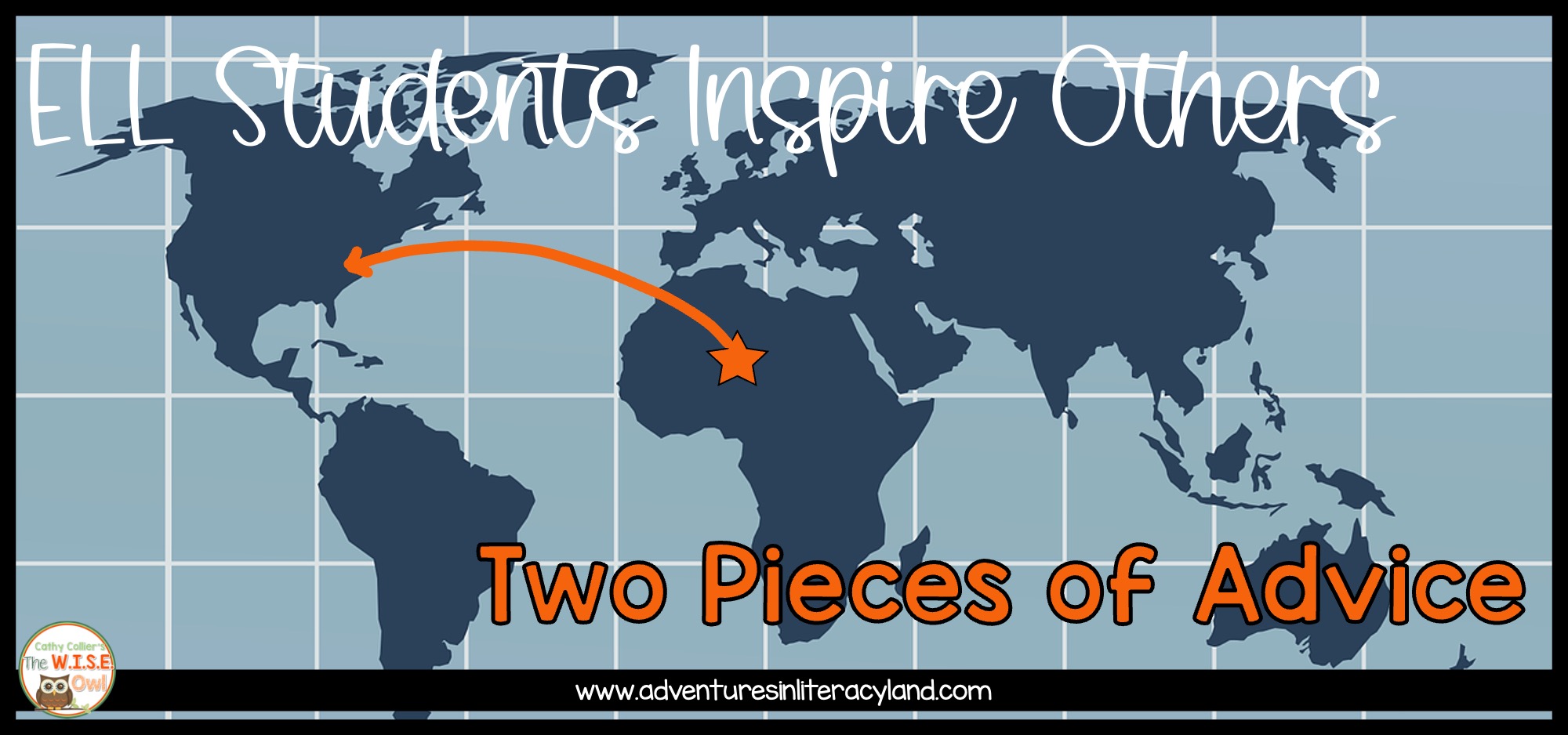English Language Learners are more prevalent in classrooms across the United States than ever. Even in my suburban east coast town, we are seeing an influx of students where English is not the primary language spoken in the home. These situations have called for “new rules” when it comes to dealing with parents and families. I have had conferences with siblings interpreting for the parents. I have even given my private cell phone number to a parent to report absences when a typical procedure wasn’t understood. At times, it’s the most frustrating thing you’ll do. BUT, then there’s the break through moments when you couldn’t pay for the joy you feel.
She INSPIRED Me
 Let me tell you about Dachael (Dah-shell). One October morning Dachael came into my classroom 2 days after getting off the plane from Africa. She did not know English, but did know 7 letters of the alphabet. She was fascinated by hair and clothes and electronics. My kindergarten was a half-day program, but I can’t imagine how it is to sit in a classroom for three straight hours and not understand 95% of what is said. She would crawl up to other students on the carpet and stare at their faces or their clothes. She’d touch their hair. I had an honest talk with the class about her experiences and her limitations. They were genuinely eager to help her. During our guided reading time, she was obviously in her own group. We spent time working on letters and sound associations. I introduced sight words, letters and even new vocabulary all at one time. I made up silly sentences to teach these skills. I used the poems to work with her to match words and pictures and to read and write sight word sentences. She enjoyed our reading time, so she wanted to meet with me. In addition, she worked on letter matching or sound matching skills with our teacher assistant. She inspired me to help her in new ways.
Let me tell you about Dachael (Dah-shell). One October morning Dachael came into my classroom 2 days after getting off the plane from Africa. She did not know English, but did know 7 letters of the alphabet. She was fascinated by hair and clothes and electronics. My kindergarten was a half-day program, but I can’t imagine how it is to sit in a classroom for three straight hours and not understand 95% of what is said. She would crawl up to other students on the carpet and stare at their faces or their clothes. She’d touch their hair. I had an honest talk with the class about her experiences and her limitations. They were genuinely eager to help her. During our guided reading time, she was obviously in her own group. We spent time working on letters and sound associations. I introduced sight words, letters and even new vocabulary all at one time. I made up silly sentences to teach these skills. I used the poems to work with her to match words and pictures and to read and write sight word sentences. She enjoyed our reading time, so she wanted to meet with me. In addition, she worked on letter matching or sound matching skills with our teacher assistant. She inspired me to help her in new ways.She inspired the Students
As the days and weeks moved on Dachael became an active member of our classroom. When we would read letter poems in our group, I would make sure to call on her when I needed that letter or sound in our group lesson. She interacted more and more with her classmates. They wanted her to be successful and they’d cheer when she made a connection or answered correctly. They would call our attention to her successes before we could acknowledge them. She used the lessons in her writing, as well. There were times when I would forget she didn’t know English as well as the other students and I would be surprised when she would ask about a word or a meaning. She was making connections and using anchor charts. Students would want to do well, so they could help her. Her language and work exploded. She was writing sentences in no time. As the journal below shows.
“I see the horse. The horse is eting (eating) my flowir (flower). I like my horse. My horse can dans (dance).
She used mostly word wall words, but the “-ing” in eating and the “ow” in flower were both anchor charts in the room.
BUT my favorite writing sample was her squiggle. The picture is dated in April. Our routine for Squiggles is illustrate it, write it, color it. The squiggle on the page was the curved line at the bottom of the flower AND the bouncing line at the top. She wrote about the flower in her hair and her braids. This was a masterpiece. The perspective alone is amazing. This was the top of her head.
"rose"
"I see the rose.
I love the rose.
My rose is big.
My rose is pink.
I pot (put) my rose on my har (hair).
My beds (beads) are prate (pretty).
My two PIECES of ADVICE are simple:
1. Don’t give up. Talk, talk, talk. Even you realize you are the teacher in a Peanuts comic strip “wah-wah-wha-wha-wha” they need to her you talk.
2. Involve your students. They are the best teachers.
On a side note…
As much as she was developing as a learner, she had a barrier with food. She didn’t know the food from our country. During parties throughout the year, I would offer her food and try to explain the taste to her: sweet like candy, salty like chips, chewy like gum. Most of the time, she would taste things and it would be fine. At the end of the year party I was trying to explain about chicken nuggets. What kid doesn’t like chicken nuggets? I explained it was crunchy on the outside, hot in the middle, and a little chewy…it’s hard to describe. She trusted me and tried it. After 3 or 4 chews, she grabbed my hand and spit the chewed up chicken nugget in my hand. “No,” she said. “I do not like this.” I knew I was important to her. She had treated me like her mother.
Here's a FREEBIE anchor chart. I made my anchor charts with the students with markers and construction paper for my room, but these are quickies for you.









No comments